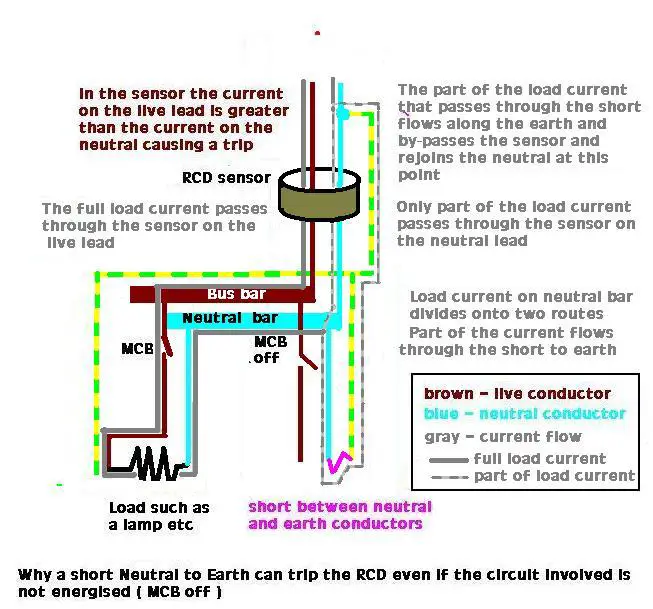Last year I had an electrician run SWA to the garage and put a small CU in the garage. This was part of work we were having in the kitchen so there's a new small CU in the house, in addition to the original CU, which has the garage feed plus the new feeds for the various kitchen kit.
As you would expect, the new CU in the house is RCD protected. The feed to the garage is via a C32 (cos of the welder!).
The garage CU has three MCBs; lights, 13A sockets and 32A socket for the welder.
Today, I replaced the two rather feeble lights in the garage with fluorescent tubes. I checked for live at the light fittings, flipped the lighting MCB off, and checked for dead - all good.
However, when pushing the T+E through each fitting, the cores inevitably touched. Each time, the RCD in the house tripped.
Apologies for the long lead-up to the punchline; just wanted to make sure all the info was there. Why would an (apparently) non-energised circuit trip the RCD? Capacitance from the still-live socket circuits?
As you would expect, the new CU in the house is RCD protected. The feed to the garage is via a C32 (cos of the welder!).
The garage CU has three MCBs; lights, 13A sockets and 32A socket for the welder.
Today, I replaced the two rather feeble lights in the garage with fluorescent tubes. I checked for live at the light fittings, flipped the lighting MCB off, and checked for dead - all good.
However, when pushing the T+E through each fitting, the cores inevitably touched. Each time, the RCD in the house tripped.
Apologies for the long lead-up to the punchline; just wanted to make sure all the info was there. Why would an (apparently) non-energised circuit trip the RCD? Capacitance from the still-live socket circuits?


